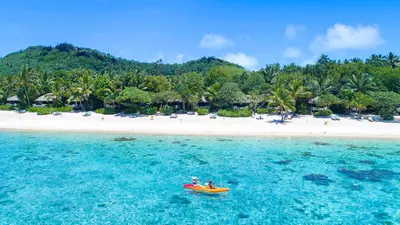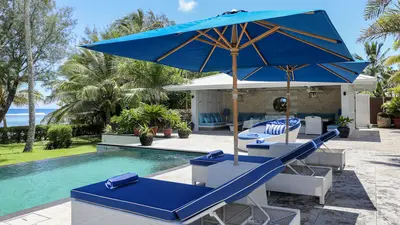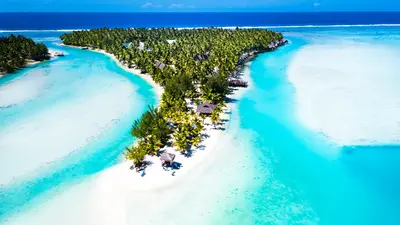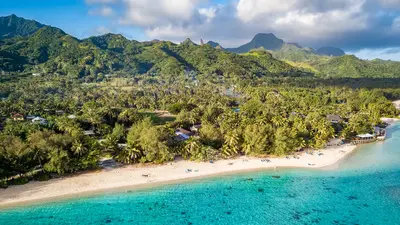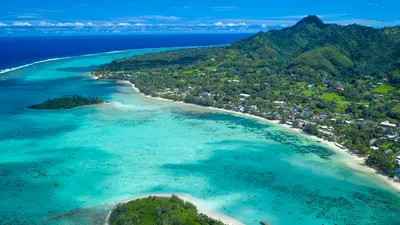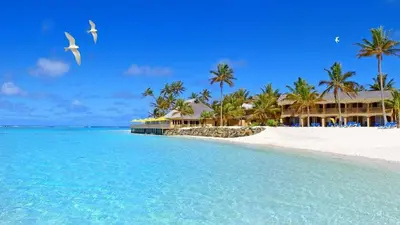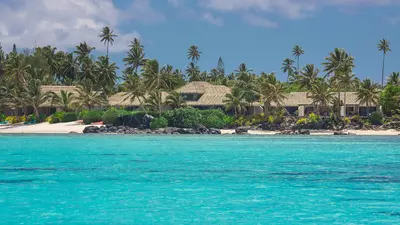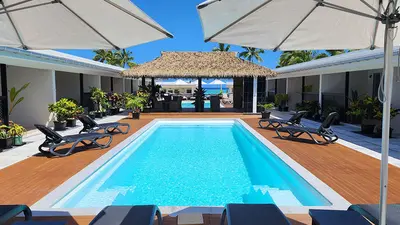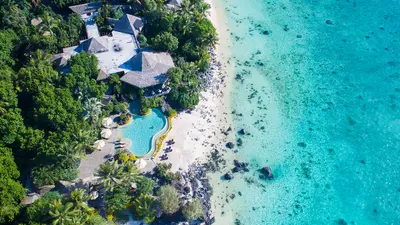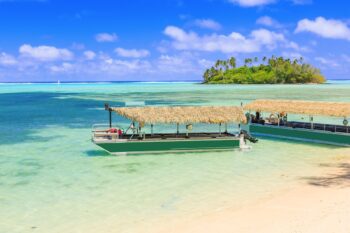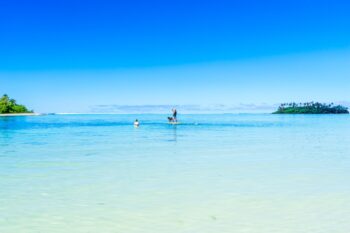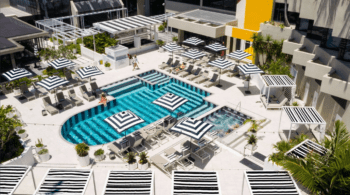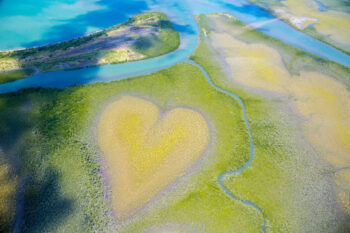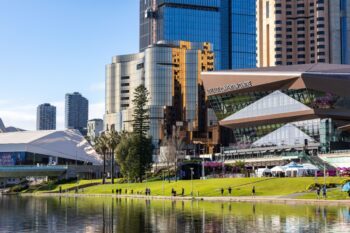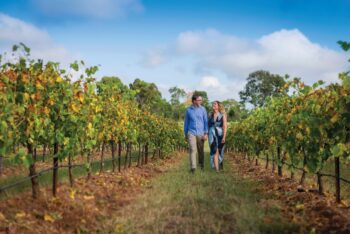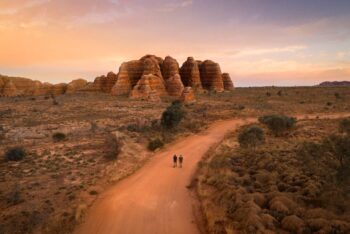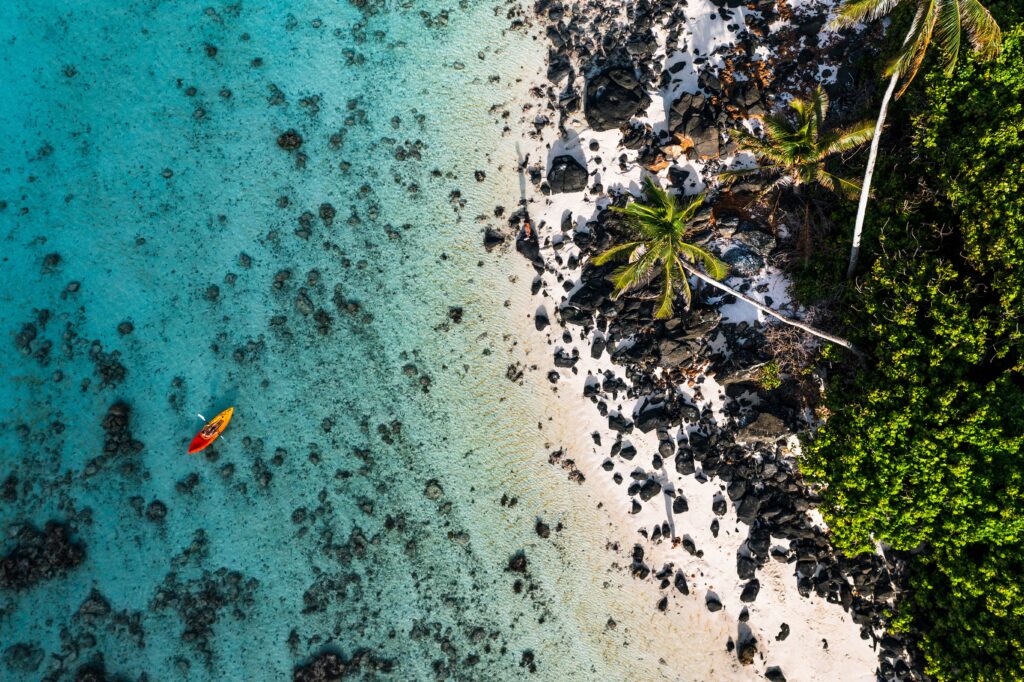
What is so special about this South Pacific nation, just next to New Zealand, is that you often feel like you have the place all to yourself. There are just 18,000 residents of the Cook Islands, 86 per cent of whom are Cook Island Maoris, spread across 15 inhabited islands.
Sailing from island to island is the perfect way to explore. My next stop is Tapuaetai, aka One Foot Island, where residents include hermit crabs and red-tailed tropicbirds. Underwater, blue starfish abound and giant clams slam shut as snorkellers investigate them. The water is so clear, if you forget your snorkel, no worries: you can see everything without ever dipping your face in the ocean.
Surrounded by a dreamscape of turquoises and teals, the uninhabited motu – shaped like a foot – is exactly where you want to float the day away. The biggest attraction here is a simple picnic table serving as “the world’s smallest post office”. Travellers giddily come to get their passports stamped with an adorable outline of a foot.

It’s no surprise that One Foot Island has been featured in Sports Illustrated, CBS’s Survivor reality show and is often ranked as one of the world’s best beaches. It is the quintessential island paradise.
So too is Honeymoon Island, located in the southwestern corner of the lagoon, which is where we next drop anchor. It’s easy to find, thanks to the long, white coral sandbar. Home to red-footed boobies and great frigate birds, the only noise you’ll hear, besides the birds, is the swaying of the palm trees and the crunch of shells beneath your feet.
The Cook Islands is so paradisical that it tends to inspire great passion in those who visit. New Zealander Tom Neale purposely marooned himself on the small atoll of Anchorage in the Suwarrow atolls in 1945 and instantly fell in love with its impossibly blue waters, soft sand and swaying palm trees. He was determined to find a way to live here.
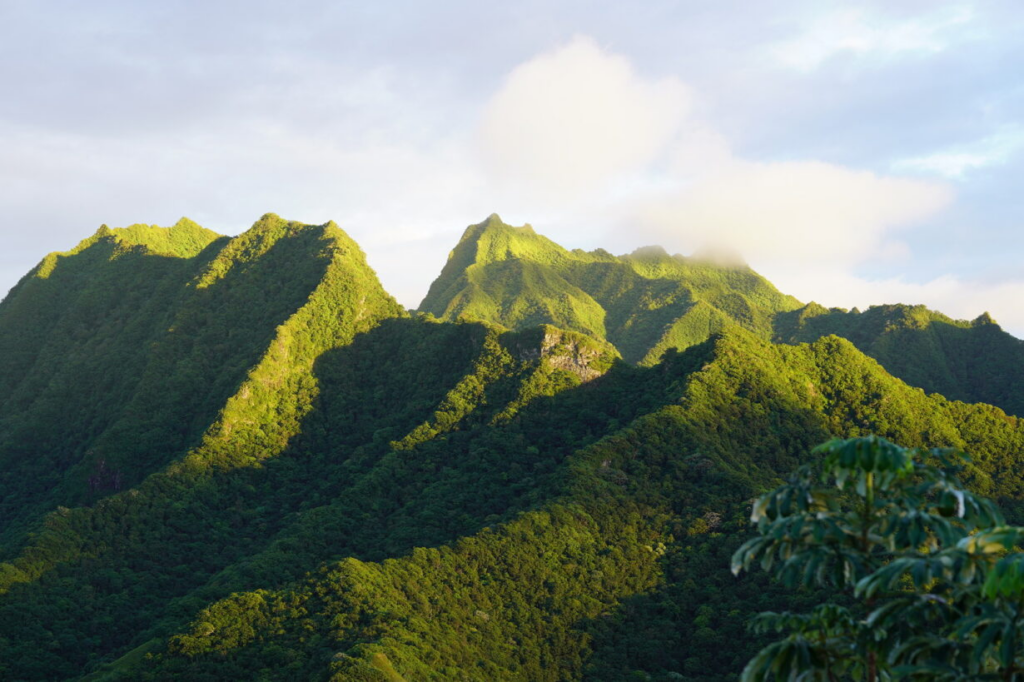
And so, he did. In Rarotonga, the largest and most visited of the Cook Islands, he gathered supplies of seeds, canned food, chickens, paperback books and purchased two cats to keep him company.
He then returned to his private island home where he lived on and off for 16 years alone, and eventually wrote about it in his memoir An Island to Oneself. People often asked the self-made castaway if he felt lonely on the island. To which he replied, “not because I wanted company but just because all this beauty seemed too perfect to keep to myself.”
That’s the allure of the Cook Islands. Once you have laid eyes on this special place, you immediately start planning your return. It has consistently balmy temps, fluted volcanic mountains, lush jungles, waterfalls and protected reefs. Despite this beauty, it has not been over-commercialised. Most hotels are owned by locals. There are no stoplights, no tour buses and just one main road that circles the whole of Rarotonga.
Hit the road to Rarotonga
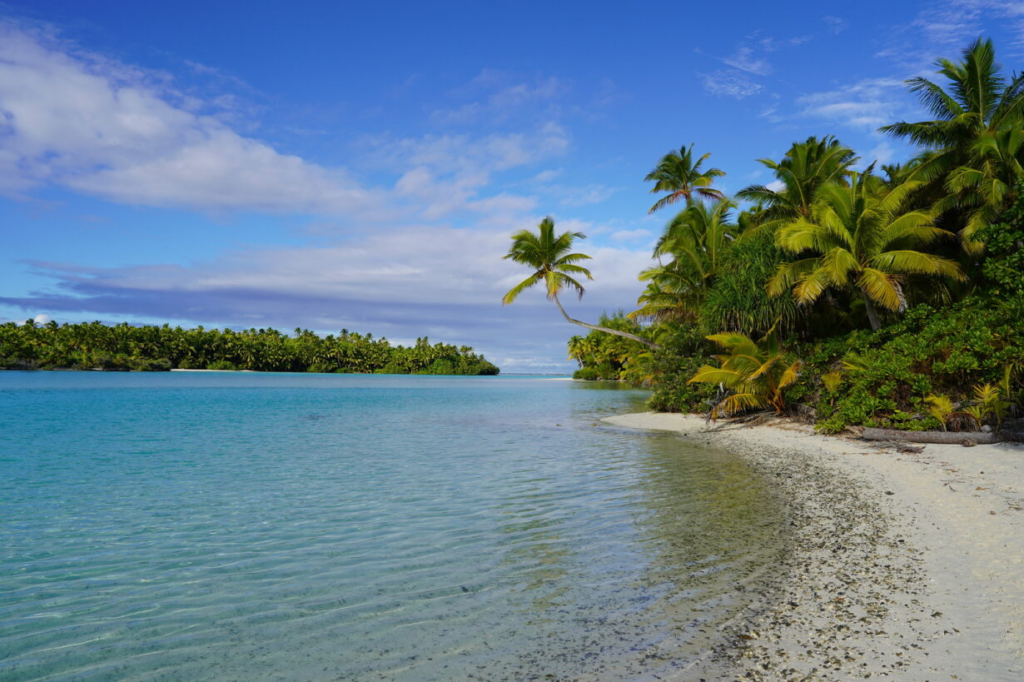
Beyond its chiselled good looks and laidback vibe, it’s the people that make this archipelago extra special and that is best experienced on the main island of Rarotonga. Always quick with the sing-song kia orana greeting – which means “I hope you live a long and fulfilling life” – the locals are always happy to chat and welcome you into all aspects of island life.
It only takes about 45 minutes to cover the whole of Rarotonga without stopping. But you will want to stop. Raro is full of locals waving hello, goats wandering under banana trees, lush jungle views on one side and the wide ocean expanse on the other.
You will pass breadfruit orchards, Black Rock beach (a popular cliff-jumping spot) and see seawall murals full of brightly colored endemic fish species. Driving with the windows down you will be overwhelmed with the smell of salty air, the cool breeze and the glorious scent of jasmine and gardenia. Along the way, keep an eye out for vendors selling nu (young coconut) on the side of the road, it’s nature’s own electrolyte. If no one is at the stall just leave change in the honesty jars provided.
Life here is slow and simple. Want to score yourself a scooter license? All you have to do is demonstrate that you can drive up and down the main street, and you’re granted permission to drive. On Saturdays, the Punanga Nui Market, in the capital of Avarua, is the place to be. Fresh-caught tuna, coconut buns, locally made chutneys and ika mata (marinated raw fish with lime and coconut sauce) are crowd pleasers. You can also watch island dancers perform to live music as you dine.
Where to stay
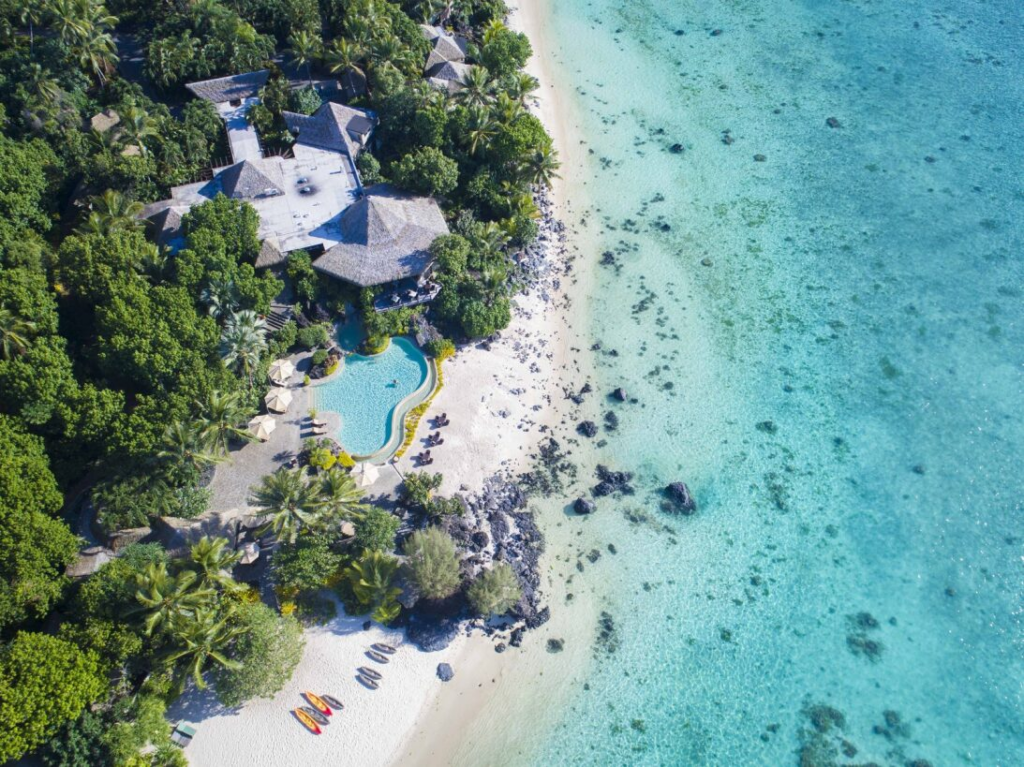
Pacific Resort Rarotonga has Muri Lagoon as its backdrop. With plenty to do, you could easily spend days on end here. All 64 rooms, suites and villas, which were renovated during the pandemic, have views of the tropical gardens or the ocean. Kids will appreciate the Pacific Kids Club where they can learn traditional dancing, coconut husking, basket weaving and generally run amok. Adults love the spa, the gardens and the Barefoot Bar, where ordering a mai tai is a no brainer.
The sister resort in Aitutaki is an upscale beach hotel with 29 beach bungalows each with a large veranda, ocean view and air conditioning. R&R here amounts to swimming in the infinity pool, deep-tissue massages at the spa and kayaking around the lagoon. Take cooking lessons, hop on the complimentary bikes – it’s what every island vacation should be.
This is an abridged version of the original article written by Sarah Sekula. Read the rest of this article on page 79 in the third issue of Dream by Luxury Escapes magazine. Get your copy here.

Feature image: Zemina Zaferakis.
